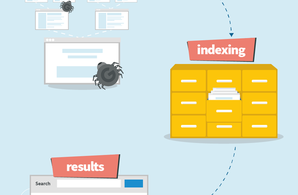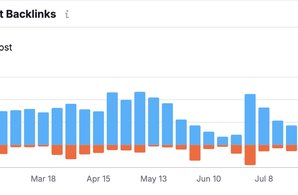Programmatic SEO: What It Is and How to Master It
- Home
- Knowledge Sharing
- Programmatic SEO: What It Is and How to Master It
In the rapidly changing world of digital marketing, SEO continues to be a fundamental tool for driving organic traffic. However, as websites grow in size and complexity, traditional SEO methods can become labour-intensive and inefficient. Enter programmatic SEO — a method that leverages automation, data, and scale to optimize thousands or even millions of web pages simultaneously. This comprehensive guide will walk you through what programmatic SEO is, how it works, and how you can implement it to achieve scalable and effective SEO results.
What is Programmatic SEO?
Programmatic SEO is a data-driven approach that automates the optimization process for large volumes of web pages. Unlike traditional SEO, which often focuses on manual page-by-page optimization , programmatic SEO uses templates, data, and scripts to efficiently generate and optimize many pages. This method mainly benefits large websites with extensive product catalogues, directories, or content libraries.
How Programmatic SEO Works
Data Collection and Analysis
The foundation of programmatic SEO lies in data. To get started, you must collect and analyze large datasets that inform your SEO strategy. This data can include keyword research , competitor analysis, user behaviour insights, and content gaps. Tools like Ahrefs , SEMrush , and Google Search Console are invaluable for gathering this data.
Template Creation
Once you have your data, the next step is to create templates that can be applied across multiple pages. These templates should be designed with SEO best practices , including optimized meta titles, descriptions, headings, and content structure. The goal is to create a template that can be easily customized for different keywords or topics while maintaining consistency in optimization.
Automated Content Generation
With your templates in place, you can begin generating content at scale. This is where automation truly shines. You can populate your templates with data-driven content tailored to specific keywords or user queries using scripts or content-generation tools. For example, an e-commerce site might generate product pages based on a template with keyword-rich descriptions, unique selling points, and customer reviews.
Internal Linking and Site Structure
A crucial aspect of programmatic SEO is the internal linking structure. As you generate many pages, you must ensure they are interconnected to enhance user navigation and search engine crawlability. Automated internal linking strategies can help distribute link equity across your site, improving the overall SEO performance.
Continuous Monitoring and Optimization
Programmatic SEO is not a set-it-and-forget-it strategy. Continuous monitoring and optimization are essential to ensure your pages perform well. Use analytics tools to track key metrics such as traffic, bounce, and conversion rates. If specific pages are underperforming, tweak your templates or data sources to improve results.

Benefits of Programmatic SEO
| Benefit | Description |
|
Scalability |
Programmatic SEO's scalability allows you to optimize thousands of pages with minimal manual effort, overcoming the time-consuming nature of traditional SEO. |
|
Efficiency |
Automating repetitive SEO tasks frees up time and resources, enabling you to focus on higher-level strategies like content marketing and technical SEO. |
|
Consistency |
Ensuring a consistent optimization strategy across all pages is crucial for maintaining a strong brand presence and providing a uniform user experience. |
Challenges of Programmatic SEO
Quality Control
One of the main challenges of programmatic SEO is maintaining content quality at scale. Automated content generation can sometimes lead to generic or low-quality content, which may not resonate with your audience. To mitigate this, ensure your templates are designed with user intent and regularly review and update your content.
Technical Complexity
Implementing programmatic SEO requires a certain level of technical expertise. From data analysis to scripting and automation, the process can be complex and require collaboration between SEO specialists, developers, and data analysts.
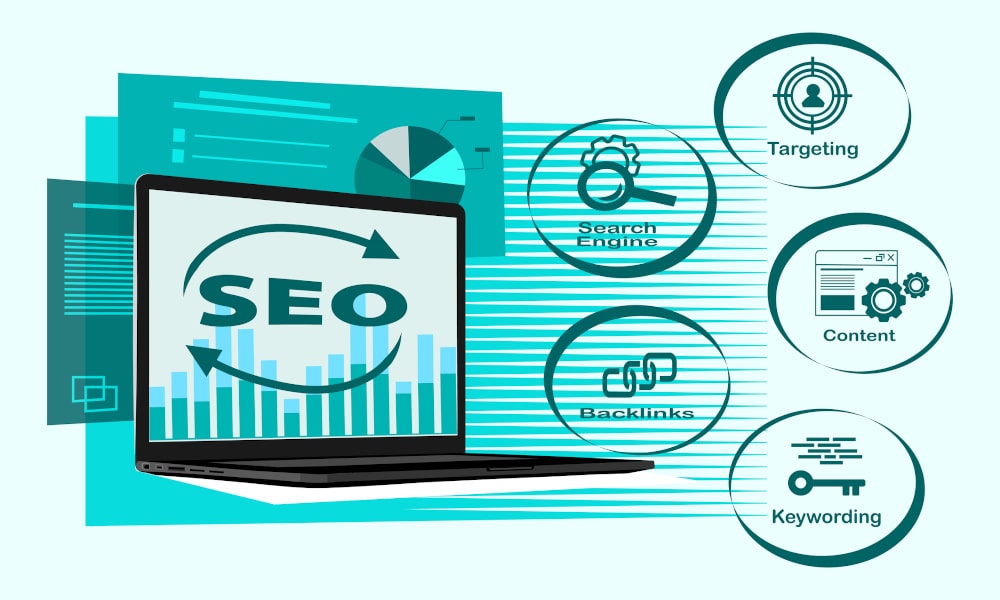
How to Get Started with Programmatic SEO
Before diving into the details, it's essential to understand that programmatic SEO is all about efficiency and scale. When dealing with a massive site like Amazon, manually optimizing thousands of product pages is impractical. Programmatic SEO allows you to automate and streamline the optimization process, improving search visibility across vast numbers of pages. Now, let's break down the steps to set up Programmatic SEO using Amazon as a practical example.
1. Define Your Goals
Set specific objectives for each product category or page type. Goals might include improving rankings for specific keywords, increasing organic traffic, or enhancing user engagement.
Amazon’s Approach:
Amazon sets tailored SEO goals for each product category. For example, for its electronics category, Amazon aims to rank for high-volume keywords like “4K TVs” and “wireless earbuds,” focusing on competitive and niche keywords to capture a broad range of search queries.
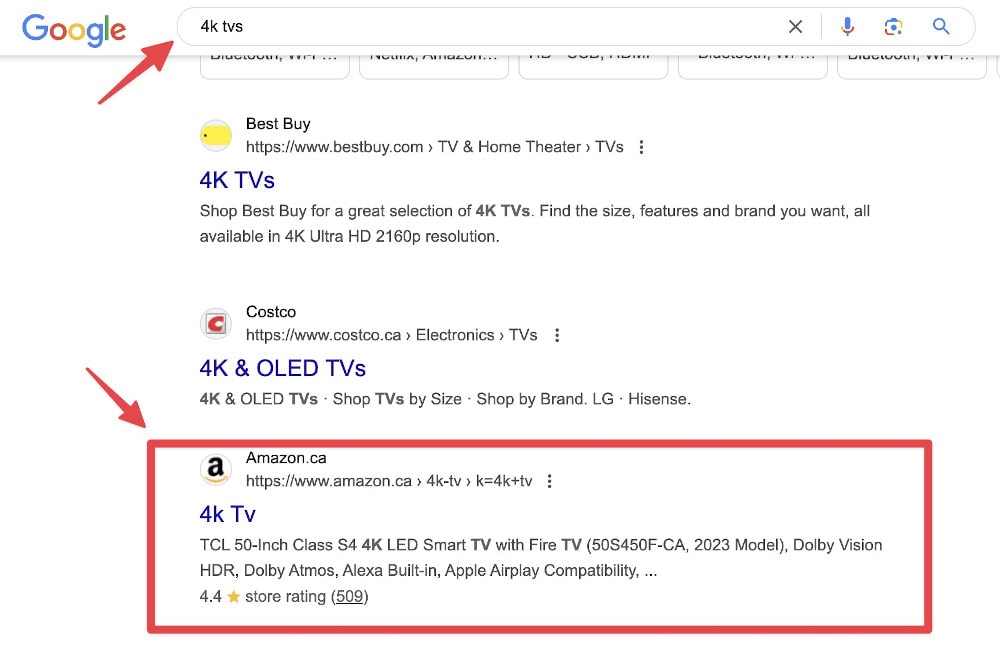
2. Conduct Comprehensive Data Collection and Analysis
Collect and analyze data on search trends, keyword performance, user behavior, and competitor strategies. Use this data to identify opportunities and inform your SEO strategy.
Amazon’s Approach:
Amazon collects extensive data from user searches, purchase histories, and browsing patterns. They use advanced analytics tools and algorithms to identify trending keywords, customer preferences, and gaps in the market. This data drives their SEO strategy, ensuring that product pages are optimized based on the latest search trends and user behavior.
3. Create Scalable SEO Templates
Develop SEO-friendly templates for your pages that can be easily adapted to different products or content types. Templates should include optimized meta titles, descriptions, headers, and other SEO elements.
Amazon’s Approach:
Amazon designs templates for various product pages that include dynamic elements like product names, features, specifications, and user reviews. These templates ensure consistency across thousands of pages while allowing customization based on specific products. For example, a template for electronics might include fields for tech specs, user ratings, and related products, all optimized for relevant keywords.
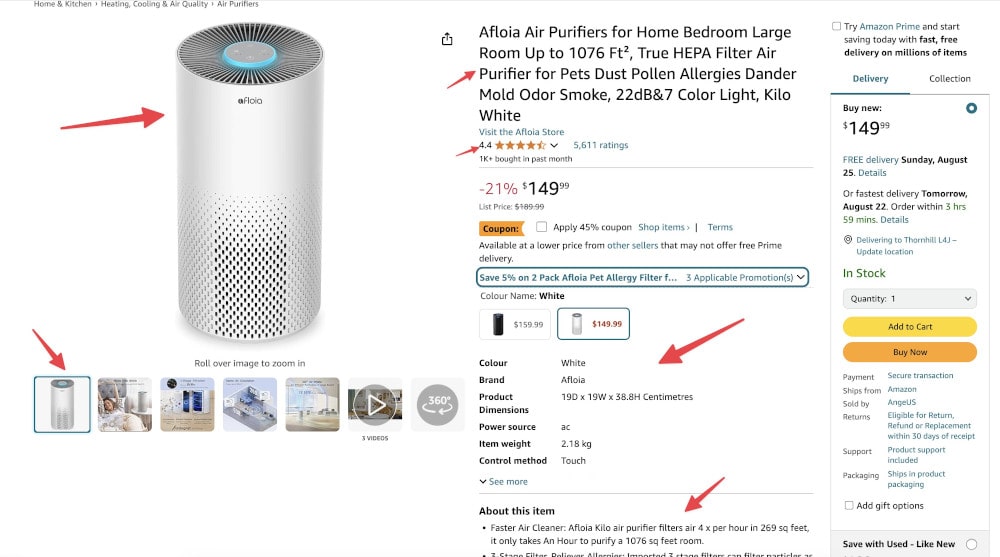
4. Automate Content Generation and Updates
Use automation tools to populate your templates with data and generate content at scale. Ensure that content is relevant and up-to-date, reflecting the latest information about products or services.
Amazon’s Approach:
Amazon automates the generation of product content using machine learning and algorithms. Product descriptions, specifications, and customer reviews are pulled from databases and automatically inserted into the SEO-optimized templates. This automation allows Amazon to efficiently manage and update content across millions of product pages, ensuring that information remains current and relevant.
5. Implement a Robust Internal Linking Structure
Set up internal linking strategies to connect related pages, products, or content. This enhances user navigation and helps search engines understand the relationship between different pages.
Amazon’s Approach:
Amazon excels at internal linking by automatically connecting related products, categories, and recommendations. For instance, a page for a specific smartphone will include links to associated accessories, alternative models, and relevant categories like tablets. This strategy improves user experience and distributes link equity across the site, helping search engines crawl and index pages more effectively.
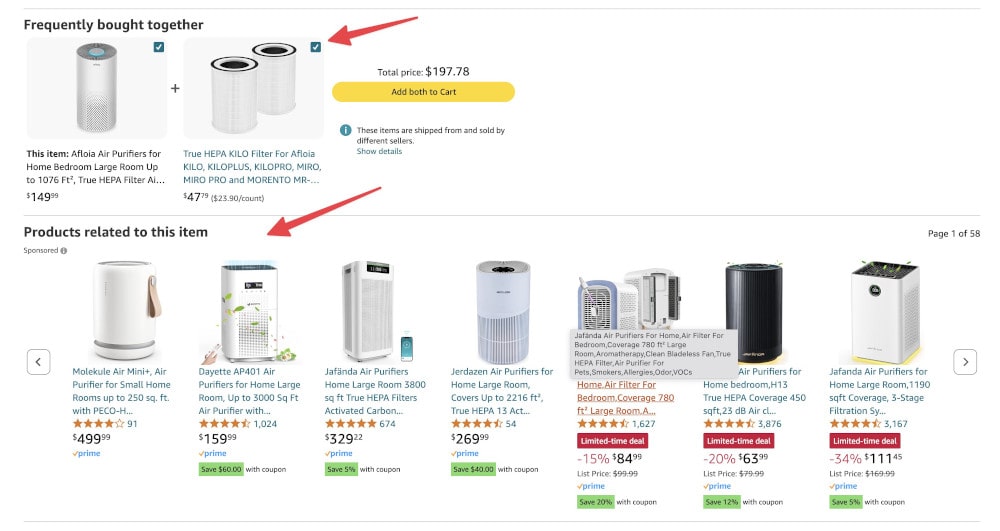
6. Scale the Process Across the Platform
Once a successful SEO strategy is implemented for one category or page type, replicate and scale it across other site areas. Ensure the approach can be adapted to different content or products.
Amazon’s Approach:
After refining their programmatic SEO approach for one category, such as electronics, Amazon scales it to other categories like fashion, home goods, or books. The core templates and automation processes are adapted to fit different types of products, allowing Amazon to maintain a consistent and effective SEO strategy across its entire platform.
Unlock the Power of Programmatic SEO
Programmatic SEO is a powerful strategy for optimizing large websites efficiently and effectively. You can drive significant organic traffic by leveraging data, automation, and scalability while freeing up time for more strategic initiatives. While it comes with challenges, the benefits of programmatic SEO — when implemented correctly — can far outweigh the drawbacks. If you’re ready to take your SEO strategy to the next level, programmatic SEO is worth exploring. To unlock the full potential of your website, consider reaching out to Seologist for expert SEO services tailored to your needs.




